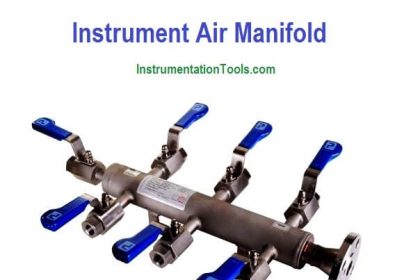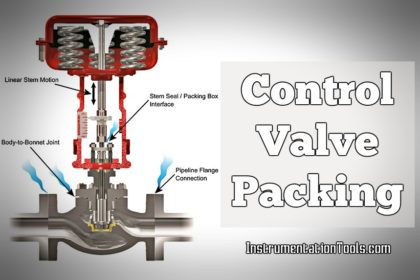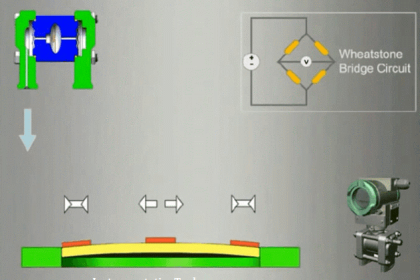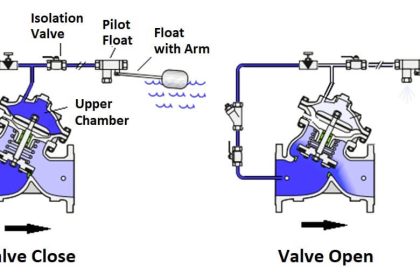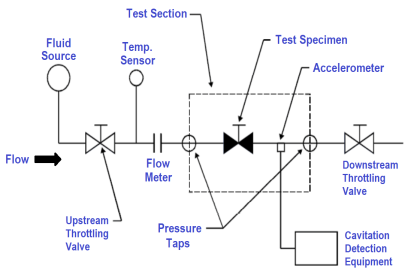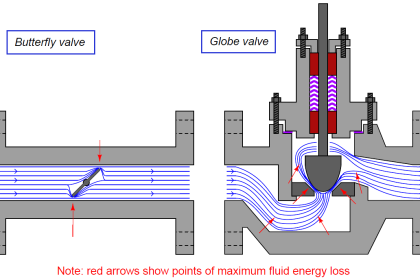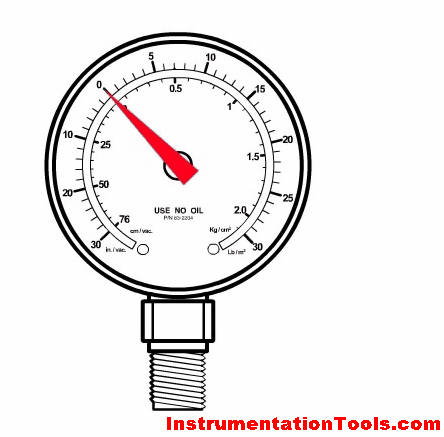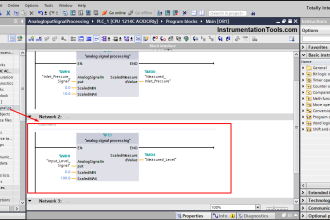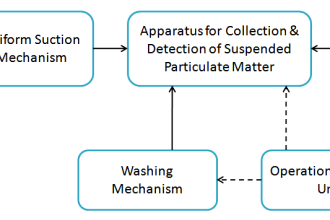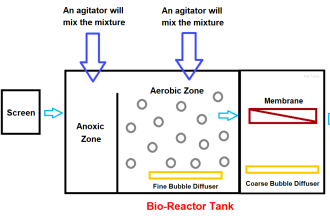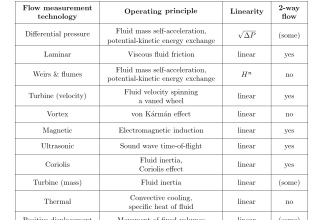Spring and diaphragm pneumatic actuators can be “direct-acting”, meaning that air to the diaphragm casing pushes the actuator stem downward.
This “air-to-close” action compresses the spring, which in turn pushes the actuator stem back up when the supply pressure is decreased or lost.
Spring and Diaphragm Pneumatic Actuators
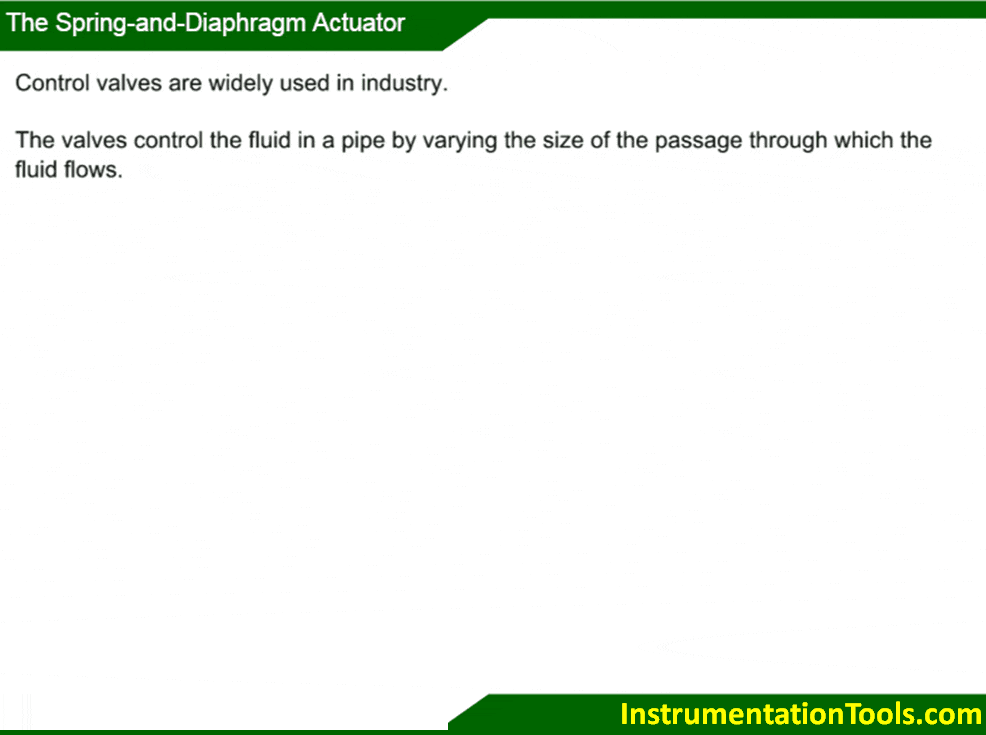
Additionally, spring and diaphragm pneumatic actuators can be “reverse-acting”, meaning that air to the diaphragm casing causes the actuator stem to move upward.
This “air-to-open” action compresses the spring, which in turn causes the actuator stem to move downward when supply pressure is decreased. This is the most common type of diaphragm actuator used, as the spring action results in a valve “fail-closed” position upon loss of supply air.
